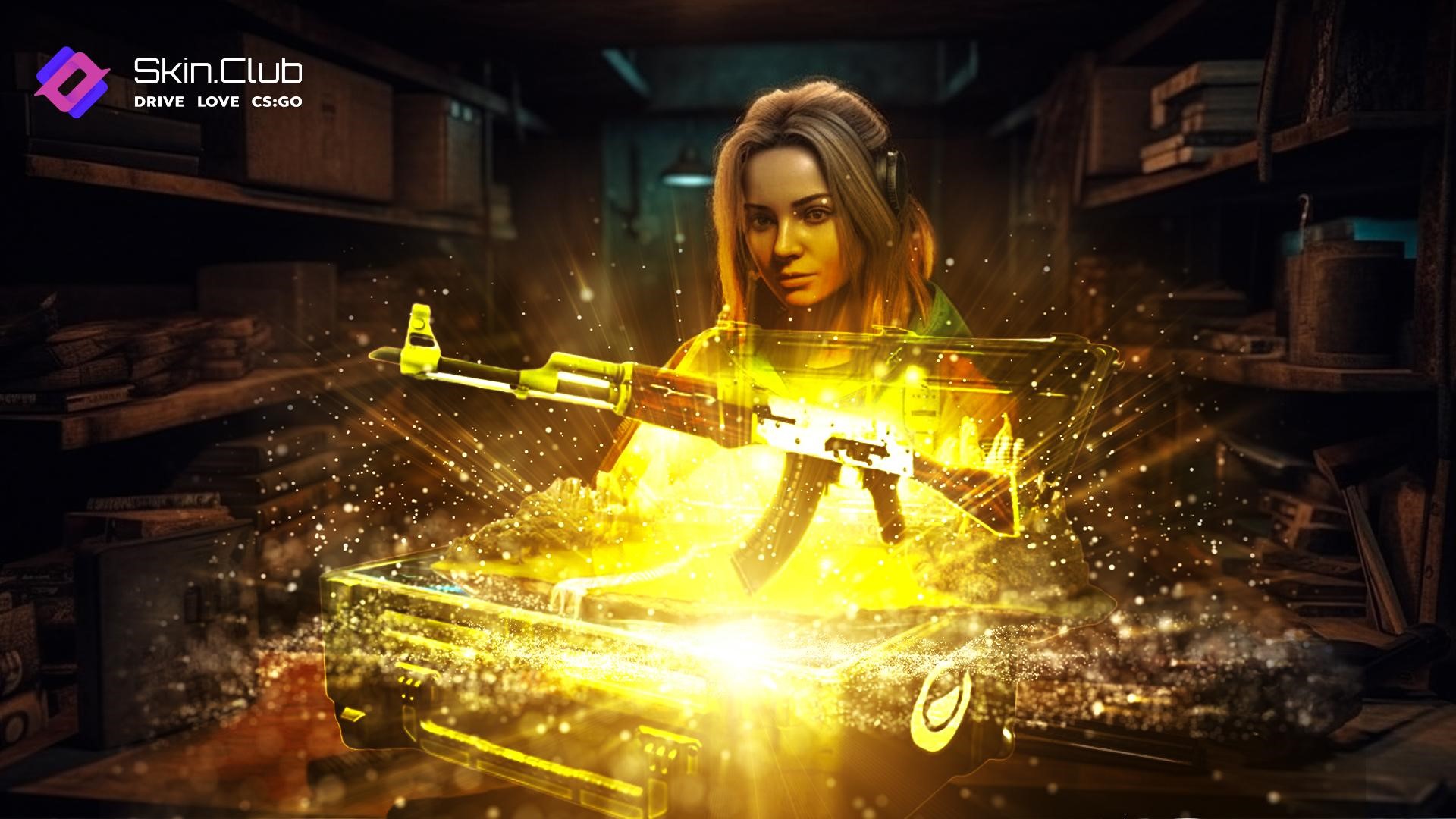
The skins culture has emerged as a prominent aspect of the gaming community in recent years. At its core, skins culture refers to the practice of customizing in-game characters or items with various visual designs, referred to as “skins.” These skins are often created by both game developers and independent artists, offering gamers a plethora of choices to personalize their gaming experience. In essence, skins culture is all about self-expression, creativity, and immersion in the virtual world.
One reason for the rising popularity of skins culture is the desire for uniqueness among gamers. With millions of players participating in online games, having a distinctive appearance sets one apart from the crowd. Skins allow players to showcase their personal style, affiliations, or even achievements in the game, making them more recognizable and fostering a sense of identity within the gaming community.
The Impact of Skins Culture on Gaming and Beyond
Skins culture has not only enhanced the gaming experience but has also had a profound impact on various aspects of the industry and popular culture. Game developers have come to recognize the potential of skins as a source of revenue. As a result, many games now offer a wide variety of purchasable skins, which players can buy with in-game or real-world currency. This has led to the creation of a thriving market for skins, with some rare or highly sought-after designs fetching substantial sums of money.

Gaming skin culture. Photo/For The Win USA Today
In addition to the financial implications, skins culture has also had a considerable effect on the broader world of design and art. Many talented artists have found a niche in creating custom skins, either as a hobby or a full-time job. This has led to the development of unique and intricate designs, which have gained recognition both within and outside the gaming community. Furthermore, the popularity of skins has inspired collaborations between game developers and renowned brands or artists, merging the worlds of gaming, fashion, and art in unexpected ways.
The Social Significance of Skins Culture
Skins culture also plays an important role in the social dynamics of gaming communities. The availability of a wide range of skins allows players to showcase their affiliations, such as being part of a particular clan or supporting a specific esports team. This helps create a sense of camaraderie and strengthens the bond between players who share the same interests or values.
Moreover, skins have become a form of social currency within gaming communities. Possessing rare or expensive skins can be seen as a status symbol, reflecting a player’s dedication and investment in the game. This has led to a culture of trading and collecting skins, with players often spending significant amounts of time and money in pursuit of the perfect collection.
Addressing the Controversies Surrounding Skins Culture
Despite the numerous benefits and cultural significance of skins, this phenomenon has not been without controversy. Some critics argue that the focus on skins and their monetary value can lead to a “pay-to-win” mentality, where players with more disposable income can gain an unfair advantage by purchasing rare or powerful skins. Additionally, there have been concerns about the potential for addiction and overspending, particularly among younger gamers.
In response to these concerns, some game developers and platforms have taken steps to regulate the skins market and ensure that it remains fair and enjoyable for all players. This includes implementing restrictions on trading, creating transparent pricing systems, and offering support for players who may be struggling with addiction.
Embracing the Future of Skins Culture
In conclusion, skins culture has become an integral part of the gaming experience, offering players a unique and immersive way to express themselves and connect with others. While it is essential to address the potential pitfalls associated with this phenomenon, the continued growth and evolution of skins culture promise a bright and exciting future for both gamers and the industry as a whole.
Skins Culture and the Rise of User-Generated Content
As the skins culture continues to flourish, an increasing number of games have started to embrace user-generated content, allowing players to create and share their own custom skins. This shift not only empowers the gaming community to contribute to the game’s aesthetic but also fosters creativity and collaboration among players. Platforms such as Steam Workshop and various modding websites have made it easier than ever for gamers to share their creations and gain recognition for their artistic talents.
The Role of Skins Culture in the Growth of Esports
The rise of skins culture has also had a significant impact on the world of esports. With the increased visibility of in-game characters and items, many esports teams and organizations have started to create and sell branded skins as a way to increase fan engagement and generate revenue. These exclusive skins often feature team logos, colors, and unique designs, further solidifying the connection between players and their favorite teams.
The use of team-branded skins has become a marketing strategy for esports organizations, with fans eagerly purchasing and proudly displaying these skins to show their support. This has led to the establishment of partnerships between game developers, esports teams, and even popular streamers or content creators, creating a mutually beneficial ecosystem that further propels the growth of skins culture.

Skin Gaming. Photo/Outlook India
Skins Culture and the Expansion of Gaming Merchandise
As skins culture gains traction, its influence has extended beyond the digital realm and into the world of physical merchandise. Gaming companies and independent artists alike have started to produce a wide range of products featuring popular skins, such as clothing, accessories, posters, and collectibles. This expansion of gaming merchandise not only caters to the demand from dedicated fans but also helps to promote and celebrate the creative aspect of skins culture.
The Future of Skins Culture: Virtual Reality and Beyond
With the rapid advancements in technology, particularly in the field of virtual reality (VR), the potential for skins culture to evolve and expand is immense. As more games adopt VR technology, the opportunities for immersive and personalized experiences will increase, offering players an even greater degree of customization and self-expression. It is also possible that we will see the development of virtual marketplaces, where players can buy, sell, or trade skins in a fully immersive environment.
In summary, skins culture has grown from a niche interest to a global phenomenon, impacting various aspects of the gaming industry and popular culture. As technology and gaming continue to evolve, the potential for skins culture to reach new heights is almost limitless. By embracing the creativity, community, and passion at the heart of this phenomenon, the future of skins culture promises to be a thrilling and transformative journey for gamers and developers alike.
Teresa is a journalist with years of experience in creating web content. She is a wanderlust at heart, but an outgoing sports writer with focus on tennis, athletics, football, motorsports and NBA.













You must be logged in to post a comment Login